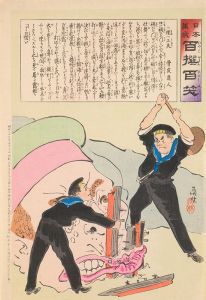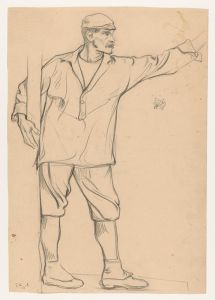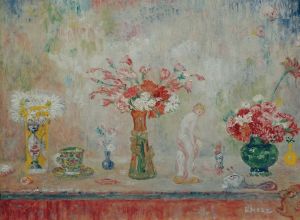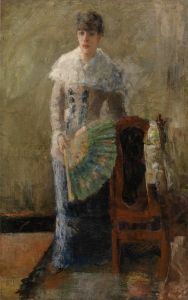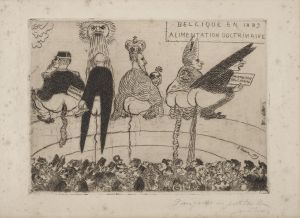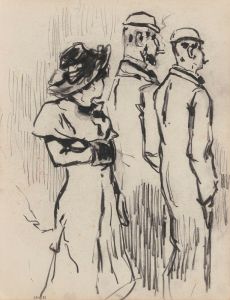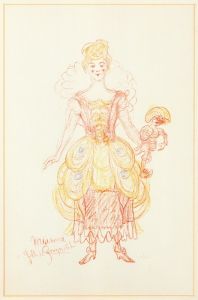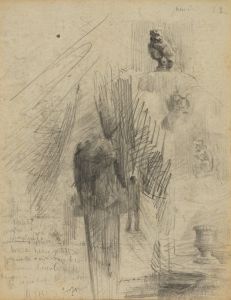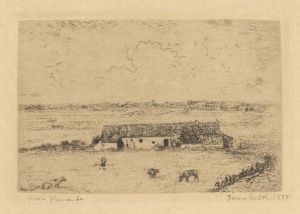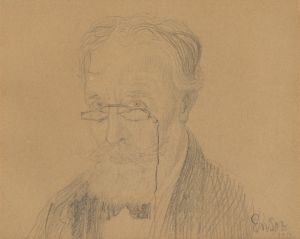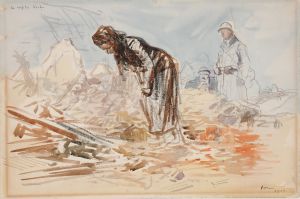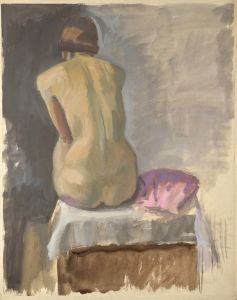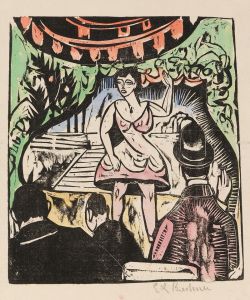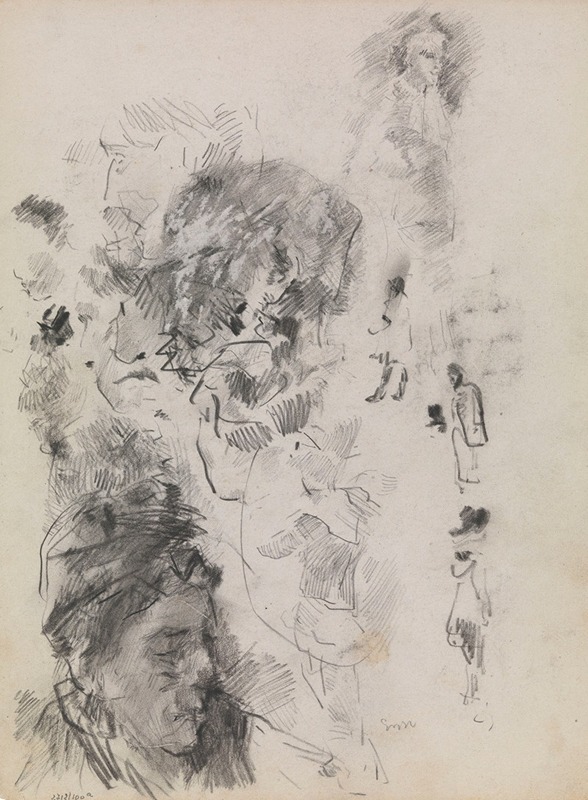
Ensor’s Mother and Silhouettes
A hand-painted replica of James Ensor’s masterpiece Ensor’s Mother and Silhouettes, meticulously crafted by professional artists to capture the true essence of the original. Each piece is created with museum-quality canvas and rare mineral pigments, carefully painted by experienced artists with delicate brushstrokes and rich, layered colors to perfectly recreate the texture of the original artwork. Unlike machine-printed reproductions, this hand-painted version brings the painting to life, infused with the artist’s emotions and skill in every stroke. Whether for personal collection or home decoration, it instantly elevates the artistic atmosphere of any space.
"Ensor’s Mother and Silhouettes" is a painting created by the Belgian artist James Ensor in 1888. Ensor, born in 1860 in Ostend, Belgium, is renowned for his unique and often avant-garde style that blends elements of realism, symbolism, and expressionism. His works frequently explore themes of death, masks, and the grotesque, reflecting his fascination with the macabre and the absurd.
The painting "Ensor’s Mother and Silhouettes" is a notable example of Ensor's distinctive approach to composition and subject matter. It features a portrait of Ensor’s mother, Maria Catherina Haegheman, who played a significant role in his life and artistic career. Ensor often used his family members as subjects in his works, and his mother appeared in several of his paintings.
In "Ensor’s Mother and Silhouettes," Maria Catherina is depicted in a domestic setting, surrounded by shadowy silhouettes. The use of silhouettes in the background adds a mysterious and somewhat eerie quality to the painting, which is characteristic of Ensor's style. The silhouettes may represent figures from Ensor's imagination or could be a commentary on the presence of unseen forces or societal pressures.
The painting is executed with a loose, almost sketch-like quality, which is typical of Ensor's work during this period. His brushwork is expressive, and the colors are muted, creating a somber and introspective mood. The composition draws the viewer's attention to the central figure of Ensor’s mother, who appears contemplative and somewhat melancholic.
Ensor's choice to include his mother in this painting highlights the personal nature of his work. His family, particularly his mother and sister, were significant influences on his life and art. Ensor lived with his mother and sister for most of his life, and their home in Ostend served as both his residence and studio.
"Ensor’s Mother and Silhouettes" reflects the broader themes present in Ensor's oeuvre, including the exploration of identity, the human condition, and the interplay between reality and fantasy. The painting is a testament to Ensor's ability to blend personal and universal themes, creating works that resonate on multiple levels.
James Ensor's contributions to art were recognized during his lifetime, and he received numerous accolades. He was a member of the avant-garde group Les XX (The Twenty), which played a crucial role in promoting modern art in Belgium. Ensor's work has continued to be celebrated posthumously, and he is regarded as a pioneer of modern art.
Today, "Ensor’s Mother and Silhouettes" is part of the collection at the Royal Museum of Fine Arts in Antwerp, Belgium. The painting remains an important piece within Ensor's body of work, offering insight into his artistic vision and the personal influences that shaped his career.





